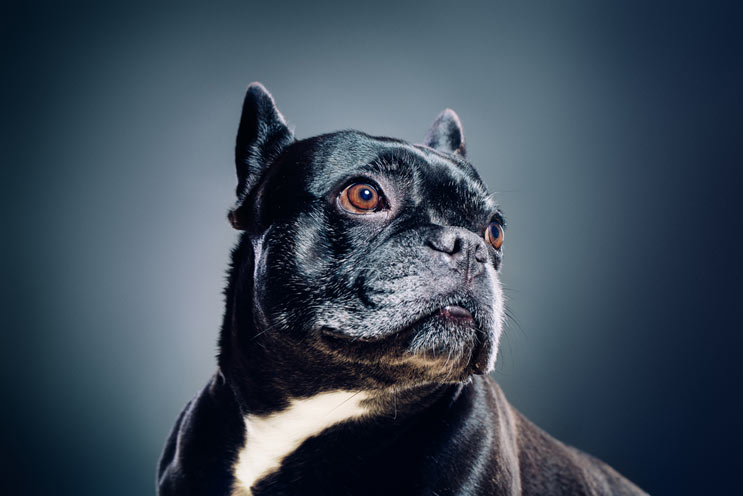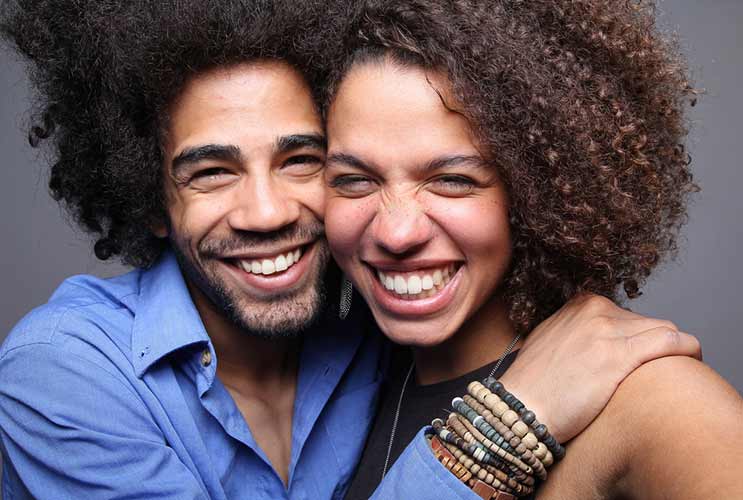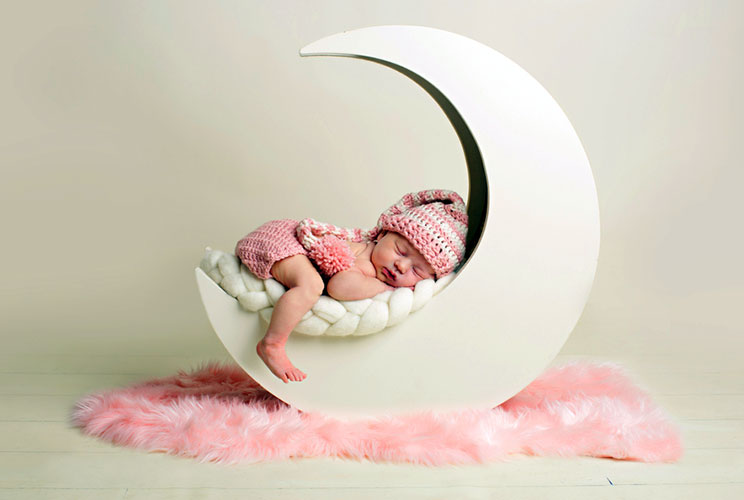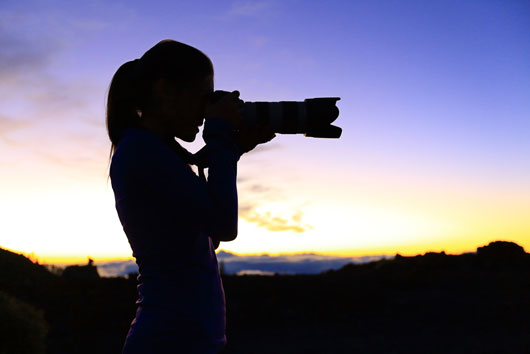
Taking good pictures is a difficult task for many of us. It’s hard to find the right angle and the right shot, and if you’re taking pictures of kids, trying to get them to stand still and smile nicely for a hot second is next to impossible. And that’s during the day when the lighting is good! Taking photos after dark is a whole other ballgame. According to photographer Lynn Saville, you have a choice when it comes to shooting at night. “You can shoot in the dead of night or during the half-light of dusk and dawn. Shooting at dusk is exhilarating because you sense how the lighting is quickly fading, and you feel compelled to locate and capture your subjects in good light. It can become like a race.”
Regardless of what hour of night you are taking photos, there are some easy tricks to help you achieve gorgeous photos that look perfectly focused and that capture the mood you are hoping to portray. Here are some tips to help you make the most of your nighttime photos so that the images you capture look beautiful, interesting and full of life.
Choose the Right Gear
You don’t need fancy photography equipment to take beautiful pictures, but there are some essential items that will make taking night photos easier, and will enhance the quality of your final images. First of all, as PC Mag reports, you need a camera that shoots well with low light; typical that means a mirrorless or a D-SLR camera, or you can choose from one of these compact, digital cameras. You’ll also need a headlamp or flashlight, because you’ll be working in the dark (duh). While you want darkness to achieve beautiful, perhaps even dramatic photos, you also need to be able to see your camera settings, see where you are walking and navigate your equipment. Lastly, a tripod is a must-have item. At night, when there is not much natural light to help your lens focus, your camera will slow down it’s shutter speed, which can cause images to blur. As Gizmodo posts, “the easy solution to that is to use a sturdy tripod for your camera, to hold it steady to capture light no matter how slow its shutter speed is and how long it has to take to capture any given photograph.”
Read Related: Sony Cybershot DSC-TX 20 Camera Review
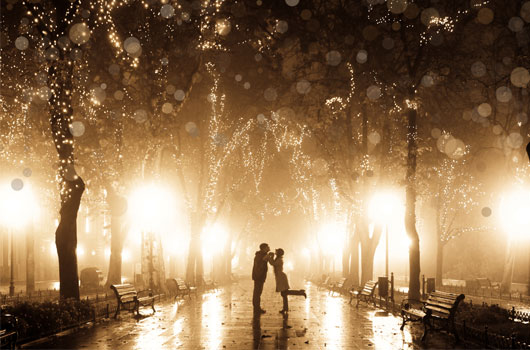
Pay Attention to How Much (or How Little) Natural Light You Have
Do a run through before you start shooting. That means checking our your surrounding area, the landscapes and cityscapes you plan to shoot, and getting familiar with your backdrops. Take some test shots using a cell phone camera, which gives you instant results so you can check the lighting situation and what works and what doesn’t.
Know What Backdrops Work Well in the Dark
Cityscapes are great to shoot at night because of the street lighting, which makes architecture and details of the building and city stand out. If you’re shooting at twilight, the small amount of ambient light reveals texture so you can get away with taking photos in shadowed areas. Well-lit settings like amusement parks and bridges are also interesting to work with at night, because of the intricate lighting patterns contrasted with the dark sky. Nature landscapes and sky photos are great at night too, just be mindful of the weather and available light and adjust your camera settings accordingly.
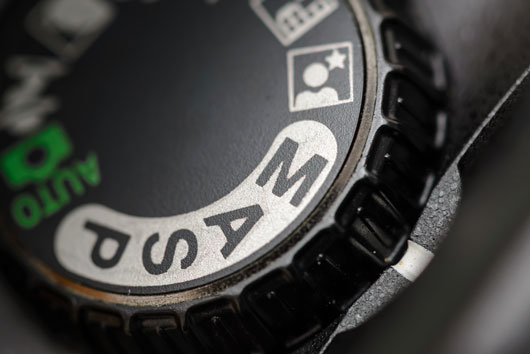
Shoot in Manual Mode
Speaking of camera settings, the best way to shoot at night is to set your camera to “manual” rather than automatic. And no, you don’t need a fancy camera to do this. Most digital cameras have a “custom” or “manual” option, which allows you to adjust things like shutter speed, ISO setting, aperture and shooting mode. By manually adjusting those settings, you’ll maximize your camera’s ability to focus on your subject or scene, resulting in a crisp with minimal blurring.
Be Patient
Above all, be patient. You will not get a perfect night shot on your first try. It’s a skill that requires practice and time. Arrive early to your location so you can scope out the scene in the light of day. Take test shots and try a variety of settings on your camera and a few different angles and directions with your photos. Don’t be intimidated or frustrated if things don’t go according to plan right away. After all, some of the most gorgeous and interesting photos are the result of letting loose, having fun, experimenting and learning as you go.

